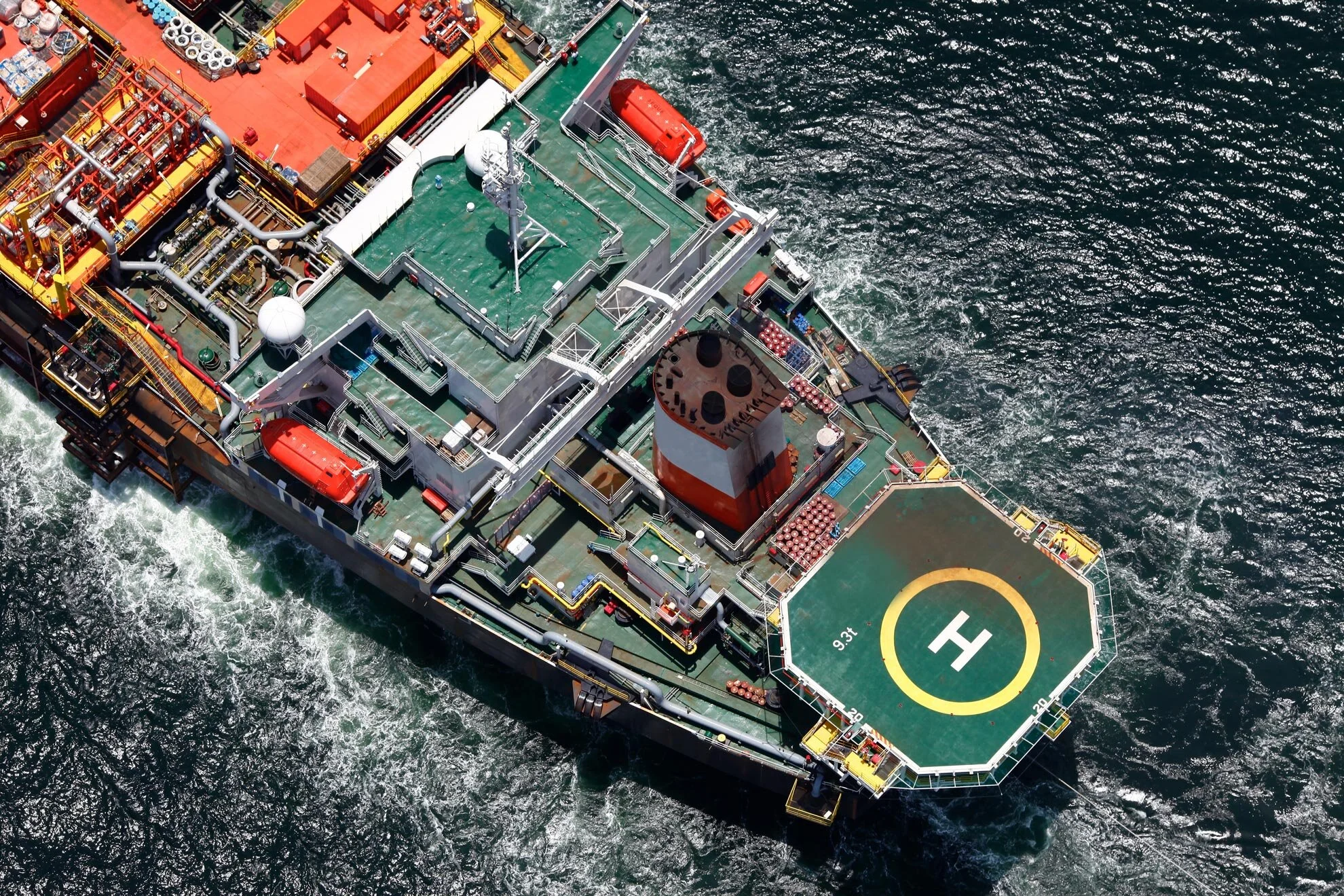
Project Experiences & Successes
BHP Billiton - Shenzi Waterflood Commissioning
GATE was involved early in the seawater treating design basis to influence / impart operability and commissioning efforts. From the design phase, GATE became responsible for dynamic commissioning and start-up during the offshore phase.
Shell - Ursa Princess Waterflood Commissioning
GATE provided seawater treating equipment process, materials, corrosion, chemical, and commissioning / start-up expertise. The scope included shaping the design of the seawater treating equipment and providing commissioning leadership and start-up expertise. The equipment included a Minox and Sulfate Removal Units.
Chevron - Tahiti II Waterflood
GATE provided process / commissioning expertise in the pre-commissioning and dynamic commissioning of the Tahiti II deaeration system (100,000 BWPD Minox).
Scope included planning for the offshore portion of the commissioning and offshore execution with the pre-commissioning contractor including confirmation of design, heat and mass balancing, and performance testing.
Comprehensive Physics-Based Well Operations Surveillance
Developed an integrate-able tool for operator to proactively monitor well operations real-time to identify potential cause of suboptimal production and possible well integrity issues.
Viking Shale Gas Well Material Assessment Tool
Developed a standalone tool for the operator to perform tubing/tree material screening based on the field specific reservoir fluids, well configuration and operating conditions.
SCSSV Leak Rate Calculation Utility
Developed an integrate-able tool to accurately calculate the leak rate of SCSSV which considers the existence of liquid and gas in the wellbore, wellbore cooldown and USV leak during the routine SCSSV test.
Flowline Virtual Metering System
Developed and supported the integration of the flowline virtual metering system utilizing the GATE Prho™ engine.
Remaining Life Assessment Of Subsea Jumpers, Flowlines & Risers
GATE was engaged to evaluate the current condition and remaining life of the subsea jumpers and flowline of a deepwater oil and gas facility in the Gulf of Mexico.
The subsea field, which was comprised of multiple oil wells, was produced at a Tension Leg Platform (TLP) with a nominal capacity to produce 100,000 barrels of oil and 50 million cubic feet of gas per day. The subsea and topsides facilities were designed to operate with an expected maximum carbon dioxide (CO2) concentration of 0.15 mole percent from any given producing well.
Post-IlI Corrosion Assessment & Wax Control Strategy
After an in-line inspection of a pipeline in West Africa, a client discovered significant wall loss in the first three miles of the line. The tool also returned significant wax deposits, casting doubt on the current wax management efforts in place.
The wells producing to the pipeline historically produced H2S; however, the worst offenders were shut-in quickly after it was discovered that they were producing extremely high concentrations of the sour gas.
Third Party Facilities Assessment
As part of a recent asset acquisition due diligence, GATE was asked to deliver a third party review of the condition of the asset and remaining production life of a floating production system and a fixed jacket.
GATE developed a standardized work process to evaluate the current condition, potential production bottlenecks and future operating expenditure (OPEX) associated with the brown-field producing asset.
Riser Life Extension Review
The review of the remaining cathodic protection (CP) life of a Gulf of Mexico tension-leg platform (TLP) was undertaken to evaluate the ability of the current systems to support a 20-year life extension. At the same time, the opportunity to include non-destructive riser testing into the life extension program was also identified.
Steam Plant Piping Corrosion
A steam generating plant supporting an associated thermal recovery project in the Middle East was experiencing through-wall corrosion of carbon steel lines. In some locations this was aggressive enough to corrode through replacement piping in as little as two months.
Inspection Plan Development For Mothballed Equipment
A South American operator developed plans to return a sulfur recovery unit to service after an initial ten years of service and a further ten years of mothballing due to changes in field production requirements.
The corrosive nature of molten sulfur, carbon dioxide and hydrogen sulfide in the unit, coupled with the expectation of a less than optimum preservation strategy in a littoral offshore environment, generated a large set of integrity risks that needed to be evaluated to determine the feasibility of repairing and reinstating the system for a further ten years of service.
Hydrate & Wax Blockage Remediation
A West Africa field operator witnessed an abnormal increase in pressure topsides when the flowline circulation pump was used to pump dead oil into the production line. No increase in subsea pressure was observed. Operational history prior to blockage hinted at the possibility of the presence of one or both wax and hydrate blockages in the production line. Depressurization options were limited by the blocked gas lift line.
